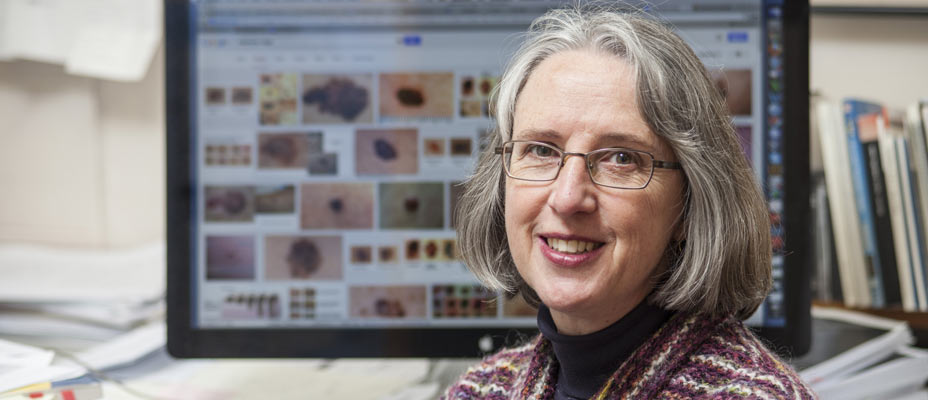
Melanoma risk prediction
Research at the University of Otago could hold a key to reducing deaths from melanoma skin cancer in New Zealand.
Dr Mary Jane Sneyd (Department of Preventive and Social Medicine) has developed a personal risk assessment model that estimates the probability of an individual developing their first melanoma within the next five years. She says that those with a high risk can then be offered appropriate strategies for prevention, surveillance and, if risk turns to reality, early diagnosis and treatment.
Sneyd says that risk factors identified for fair-skinned adults include the number of large moles on the right arm (as an indicator of moles on the body generally) and a personal history of non-melanoma skin cancer. Additional factors for women include skin colour and a close relative with large moles; for men, age, birthplace and early place of work.
She explains that the statistical model enables the complex interactions of the various risk factors to be applied to individuals.
“We know that people with blue eyes, blond hair, fair skin and freckles have a higher risk of melanoma than people who have none of those factors, but the model calculates the actual risk to a particular person.”
Based on interviews with 368 people with melanoma and 270 without, Sneyd says that it is the first model specifically developed for New Zealand. She adds that the model needs to be validated before it is made available to doctors.
An article on her work, co-written with colleagues, Dr Claire Cameron and Associate Professor Brian Cox, has been published in the online journal, BMC Cancer.
